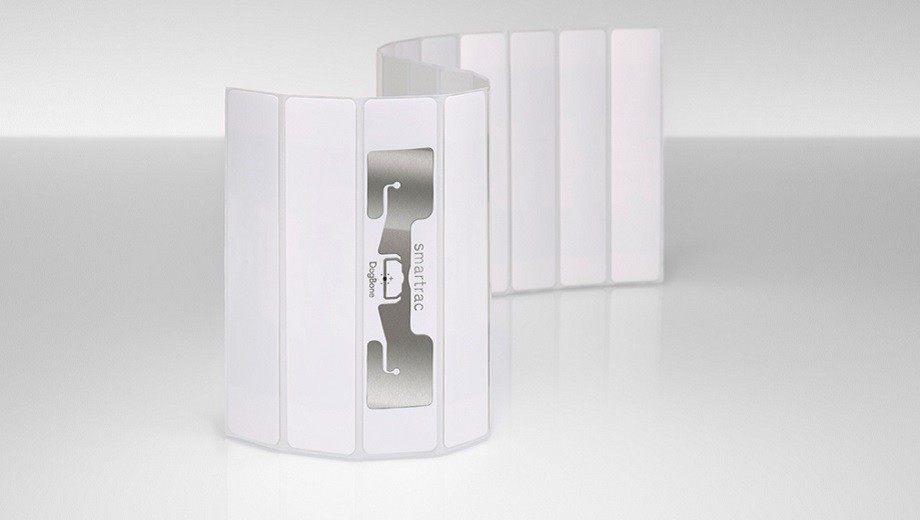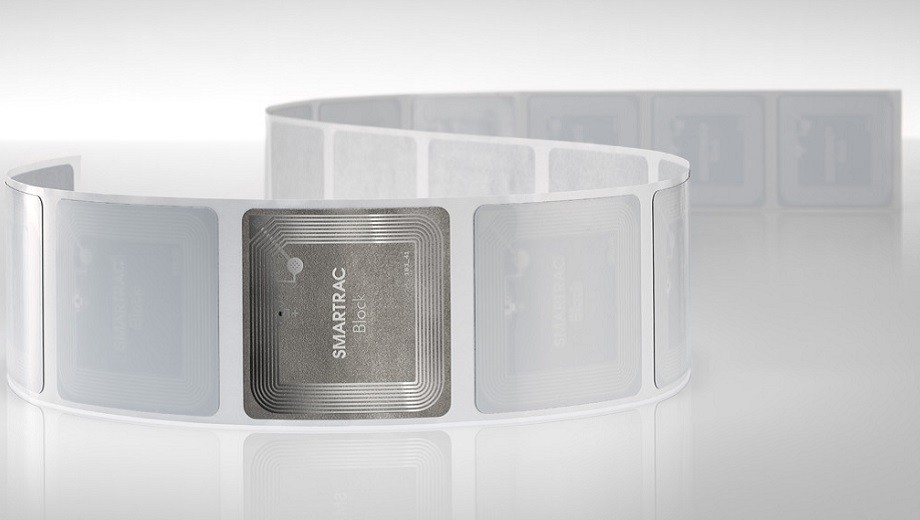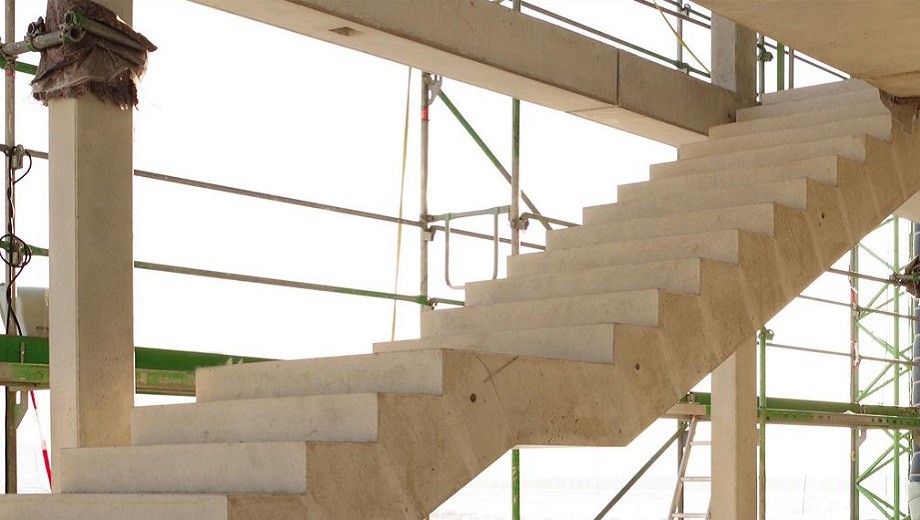Unbroken cold chains are essential for the pharmaceutical and food industries, or grocery and agricultural applications. Smartrac’s innovative passive temperature-sensing RFID inlay now enables gapless temperature monitoring at package or item level – at an affordable price.
Complementing its range of passive sensor inlays and tags (Sensor Dogbone, Sensor Patch and Sensor Tadpole), Smartrac has introduced Temperature Sensor Dogbone, the world’s first passive RAIN RFID temperature-sensing inlay. It is designed to measure temperature conditions and to detect crucial temperature settings in demanding environments.
The new sensor inlay combines previously unattainable levels of accuracy and cost-efficiency, providing compelling solutions for a wide range of logistics-oriented applications, where active or semi-active sensors are not practical or economically feasible. Based on Smartrac’s moisture-level sensing inlay Sensor Dogbone, and also utilizing the proven RFMicron Magnus® S3 chip, Temperature Sensor Dogbone offers a maintenance-free and battery-free temperature-sensing solution to business problems for improved product management and quality control.
Enabling a large number of applications
“With Temperature Sensor Dogbone, we are expanding our highly successful product family of passive sensor inlays based on RFMicron’s Magnus S3 chip. Like its siblings, the new sensor inlay will provide the basis for a large number of applications that would be inconceivable without RFID sensing technology pioneered by Smartrac and RF Micron,” says Dirk Boltersdorf, Head of Product Development and Management, Intelligent Things Business Division at Smartrac.
In addition to temperature sensing, the new inlay retains the basic moisture-sensing capabilities of Sensor Dogbone, as the IC provides the option to read the sensor code and on-chip RSSI (Received Signal Strength Indicator) value to detect how much power the chip is receiving from the reader.
Accurately sensing temperatures from -20°C to +65°C
Temperature Sensor Dogbone senses temperatures ranging from -20°C to +65°C. The sensed temperature is digitized into a 12-bit number and wirelessly communicated to off-the-shelf readers using a standard UHF Gen 2 protocol. The 12-bit number can easily be converted into a precise temperature measurement.
The typical accuracy is ±1°C using one-point calibration done during wafer manufacturing. Alternatively, two-point-calibration is available. This technique means that the tags are calibrated at an additional higher or lower temperature point, defining a temperature range where higher-than-standard accuracy is achievable.
Temperature Sensor Dogbone can be deployed in environments where active or semi-active sensors are not practical or economically feasible. FCC and ETSI compliant and available in wet label format, the sensor inlay is easy to implement, and works on different low- and high-dielectric materials like cardboards, plastics, stone, wood and construction materials.
Ready for the Internet of Things
Featuring a long lifetime and full recyclability, Temperature Sensor Dogbone works in the 860-960 MHz (RAIN) frequency range, ensuring superior read range, and comes in a die-cut size of 97 x 27 mm (3.8 x 1.1 in), with an antenna measuring 89 x 24 mm (3.5 x 0.9 in). Available as a wet inlay, it can be delivered with TID list and sensor code values for increased accuracy and complementary data analysis.
For further information about this RFID solution and its potential applications, please contact our sales and customer service team.



